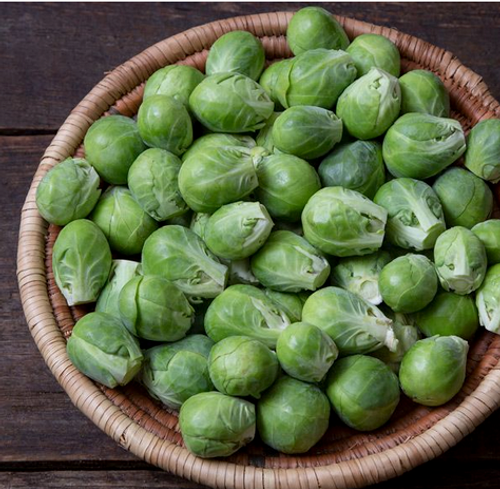Description
100 Seeds
Days to Maturity: 85 DAYS
Greatly improved variety that is early and easy to grow.
Plants are vigorous with good flavor; excellent for shorter seasons and home gardens. Smooth, non-stringy stalks with a big celery crunch and beautiful apple green tops. The most forgiving of all our celery varieties.
Self-blanching
18-20" tall
Open-Pollinated
Celery (Apium graveolens) is a cool season biennial in the Umbelliferae family, which includes parsnip, carrot, dill, chervil, coriander, parsley, skirret and fennel.
Soil Nutrients and Requirements
Celery needs a well fertilized soil with pH between 6.0 and 7.0. It can tolerate soils that are less well drained, as it needs plenty of steady moisture. Heavy clay soils are not acceptable, as some roots need to penetrate to 2’ deep. Celery is a heavy feeder and likes plenty of organic matter in the soil. Use a high phosphorus starter mix at a rate of 3lbs/50 gallons of water. Give each plant 1 cup. Side dress with 50 lbs/acre Nitrogen. Celery is susceptible to Magnesium and Calcium deficiency. Use dolomitic limestone or Epsom salts at 8lbs/acre.
Seeding Depth: Seeds need light to germinate: cover lightly. Plant several seeds per cell. Plants are slow to germinate.
Plant Spacing: 6-10”
Row Spacing: 24-36”
When to Sow
Celery has a long growing season (100+ days) and performs best in cool, wet conditions with high fertility. Transplanting is highly recommended. Start seedlings indoors 10-12 weeks before planting date. Sow thickly into flats and pot up into cells or individual containers after first two true leaves appear. Seedlings emerge in 2-3 weeks. Optimal soil temperature for germination is 70-75°F; following germination, lower temperatures to 60-70°F. Transplant when outside temperatures are consistently over 50°F. Harden plants off by reducing water for one week. Do not decrease temperature, as a ten day period with nights below 40°F and days below 55°F can cause bolting. In hot climates, celery may require partial shade.
Celery is commonly blanched (protected from the sun) to maintain tenderness and flavor by covering plants, hilling with soil or planting close together. Plants are known in some cases to cause skin irritation in the field. Wear protective clothing and/or gloves to avoid exposure.
After harvest, cool stalk heads immediately in water. If freshly harvested celery is bitter, store just above freezing for a few days to improve flavor.
Store at 34°F with high relative humidity (95%) for up to two weeks.
Pest Info:
Aphids can be washed off with a strong stream of water or controlled with insecticidal soap.
Tanglefoot traps can catch Tarnished Plant Bug.
Cabbage Looper can be controlled by Bacillus thuringiensis (such as Dipel DF, see Supplies) and/or spinosad (such as Entrust™), preferentially in rotation with one another to prevent selection of resistant individuals (check with your certifier before applying).
For Whiteflies, try spinosad or insecticidal soap.
Cutworms can be defeated by placing a collar around the plant.
Disease Info: Fungal leaf blights caused by either Alternaria dauci or Cercospora carotae can cause severe defoliation and greatly reduce yields. Generally cercospora blight appears earlier than alternaria blight. Both these fungi are seed-borne and can also be spread by crop residues from previous years. Damage by Alternaria dauci has previously been overestimated due to the similarity in symptoms between blight caused by Alternaria dauci and blight caused by Alternaria alternata, which is a weaker, soil-borne pathogen that is extremely common and attacks many different plants under stress.







